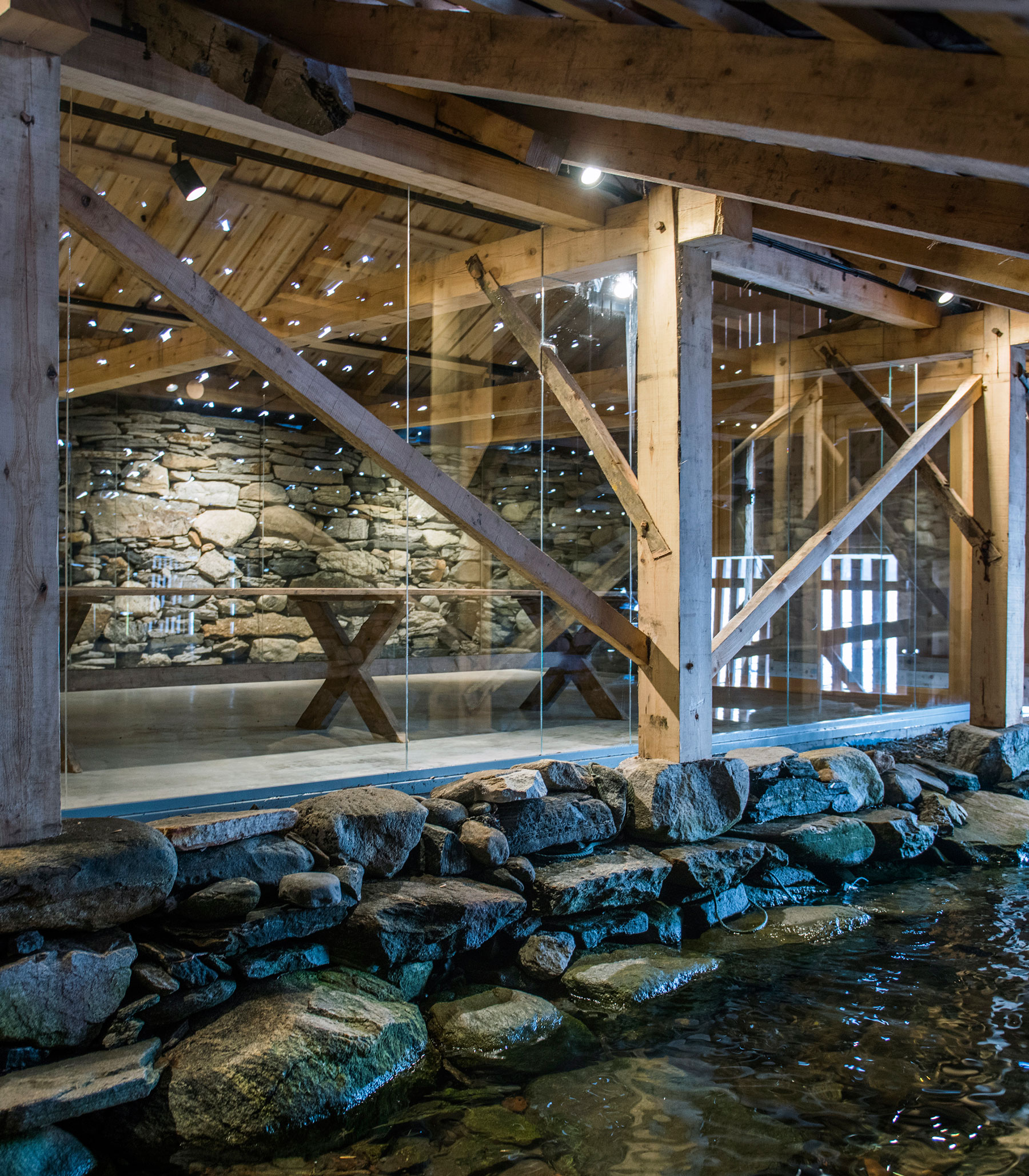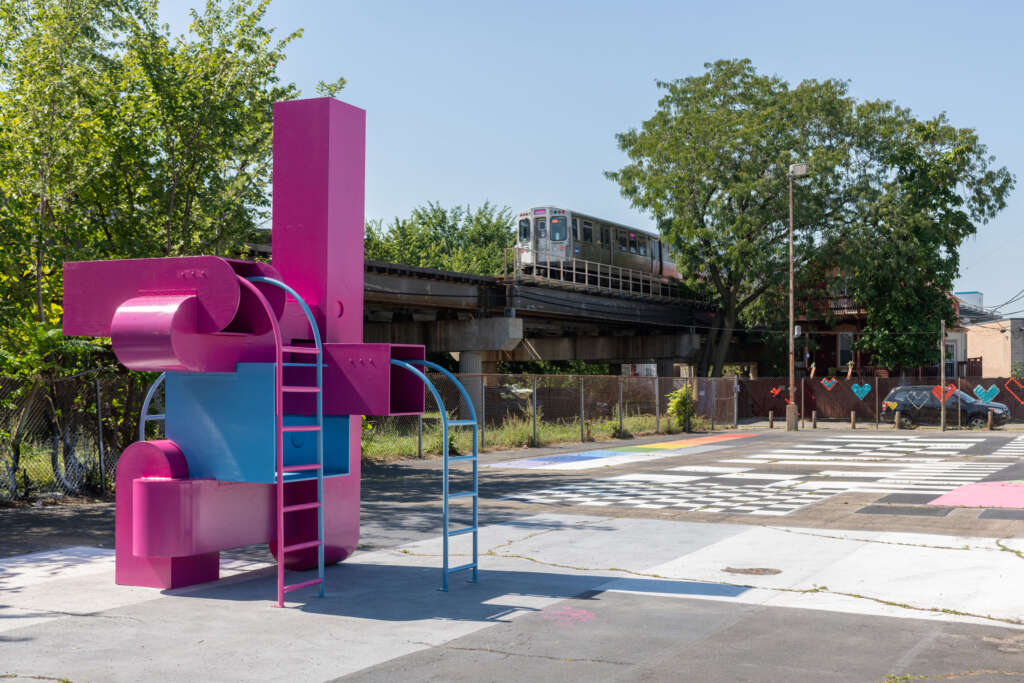
The Biennial’s fourth edition reoriented its model, bridging from an exhibition format to a deeper engagement with local community on sites across the city; the Biennial activated 16 sites with projects and programming, while also engaging 126 partner organizations across Chicago and offering over 250 public programs
The following press release is courtesy of the Chicago Architecture Biennial. The fourth edition of the Chicago Architecture Biennial closed last week after a groundbreaking season. This edition, titled The Available City, stretched the boundaries of the Biennial model, deepening the potential for biennials to create relationships, projects, and programs that spur on real and lasting change. The Available City ran from September 17 through December 18, 2021 and brought together over 80 contributors from upwards of 18 countries to ask and respond to the question of who gets to participate in the design of the city.
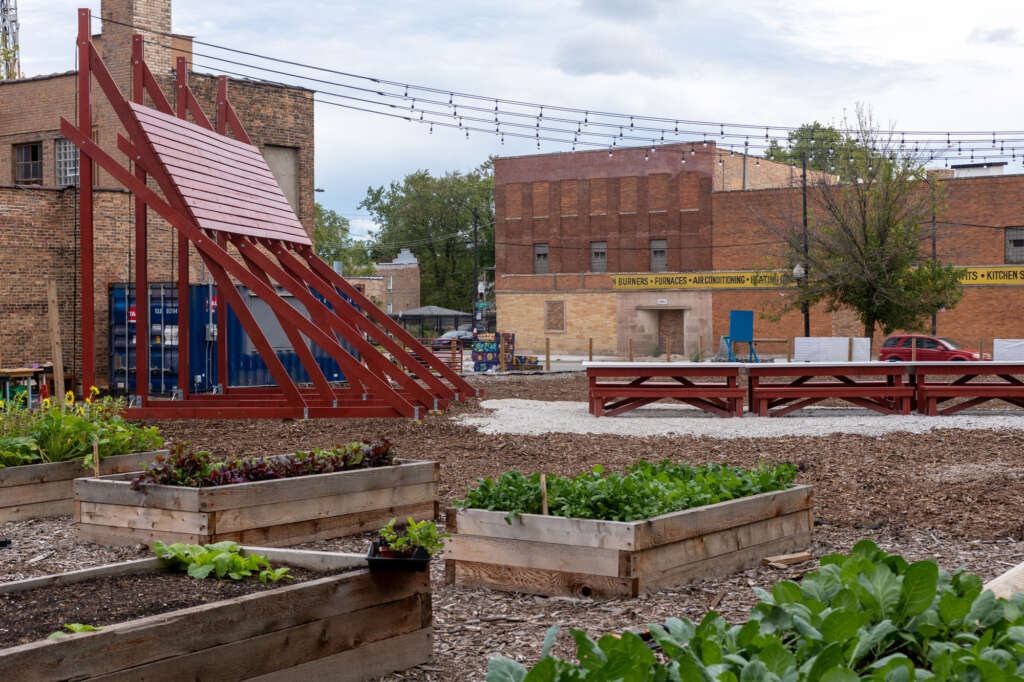
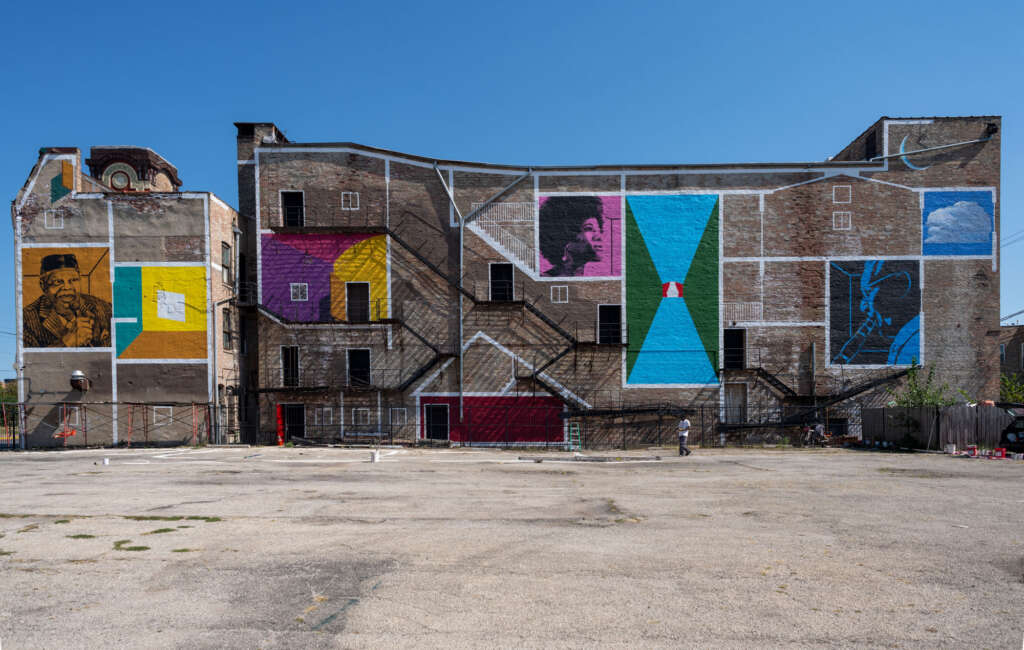
The Biennial’s core work departed from the traditional model of an exhibition at the Cultural Center, instead centering on site-specific architectural projects on 15 sites across Chicago, including formerly vacant lots, public spaces, and exhibition venues. Curated by the Biennial’s 2021 Artistic Director—designer, researcher, and educator David Brown—The Available City explored an urban design framework that he had developed over more than a decade that connected community residents, architects, and designers to develop and create spaces that reflect the needs and interests of communities and neighborhoods.
“Since its inception, the Biennial has been a compelling and meaningful cornerstone of cultural programming in the City, driving conversations that resonate here while underscoring the exceptional architectural history of Chicago that brings visitors from around the world,” said Chicago Mayor Lori E. Lightfoot. “This year, the Biennial’s move to highlight the potential for urban space has activated and energized important conversations both locally and internationally. I am thrilled to see how these projects will influence the possibilities for land use and community organization that will have positive impacts well into the future.”
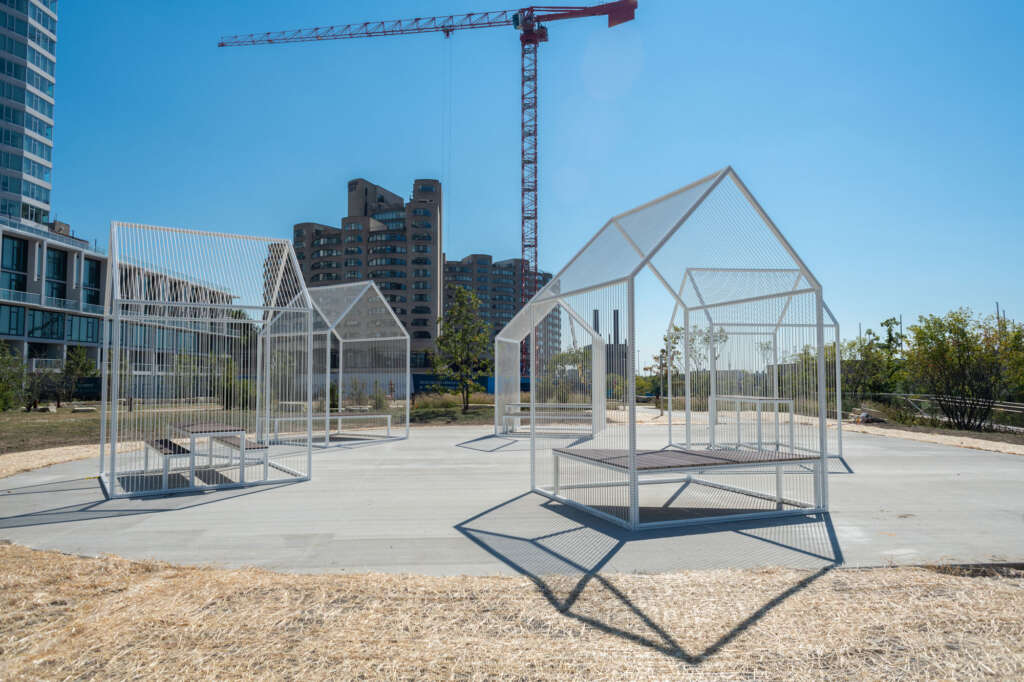
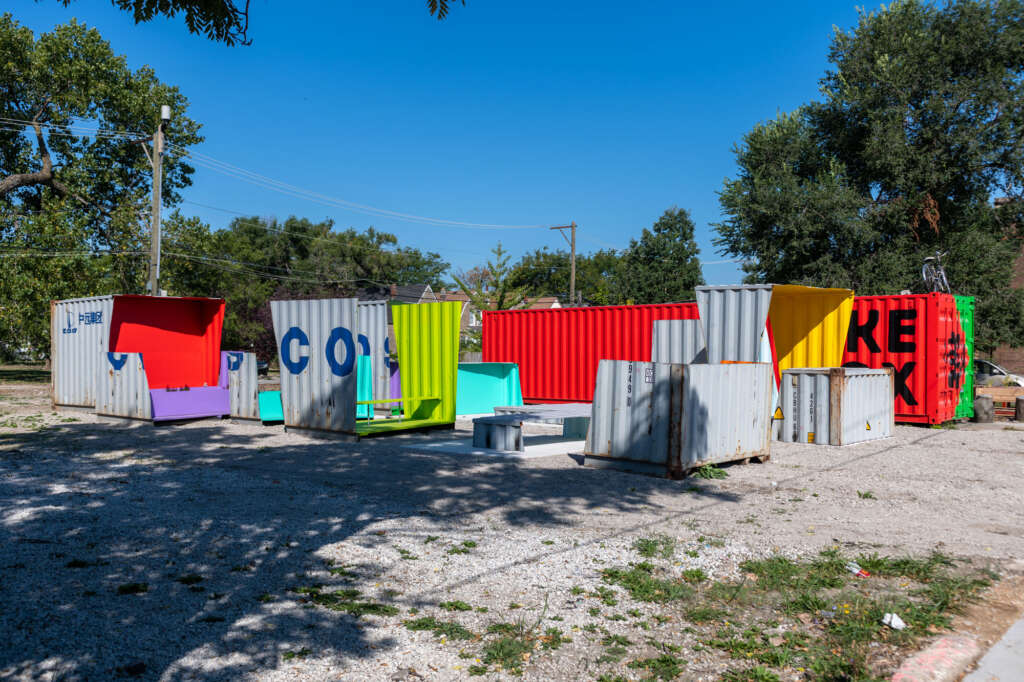
Many of the commissioned works will have a continued life beyond the edition’s run. To name just a few:
- In North Lawndale, the installation by Bittertang Farm at CCA Academy’s PermaPark, sekou cooke STUDIO’s project at the YMEN Bike Box and Manuel Herz’s mural on the facade of the Central Park Theater will all remain;
- In Pilsen, the Studio Ossidiana project at the El Paseo Community Garden is installed for long term continued use;
- In South Loop, PORT’s project will also continue to be activated; and
- In Englewood, the Atelier Bow-wow project with Englewood Commons will remain.
Other projects–including those of Soil Lab, Matri-Archi(tecture) and Hood Design Studio–will continue to have a life within the city and community; further details will be provided in 2022. The exploration of The Available City’s projects and themes will also continue to be explored in the new year with a collection of essays from contributors debuting in early 2022, and a continuation of programming expanding on the Biennial’s themes.
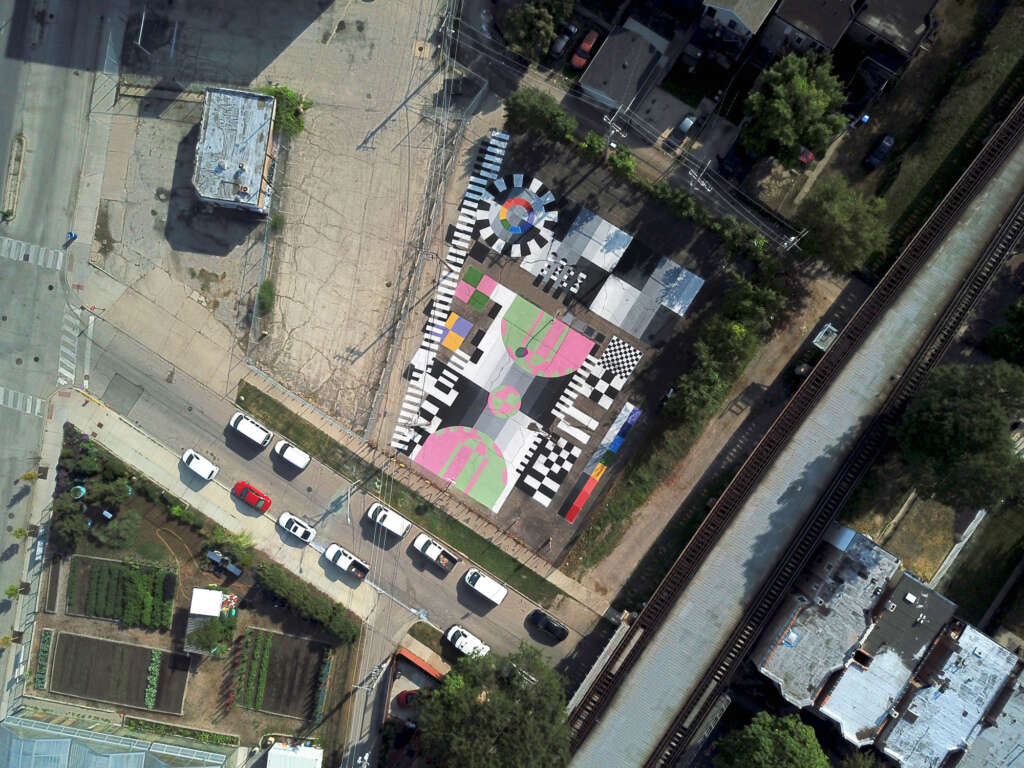
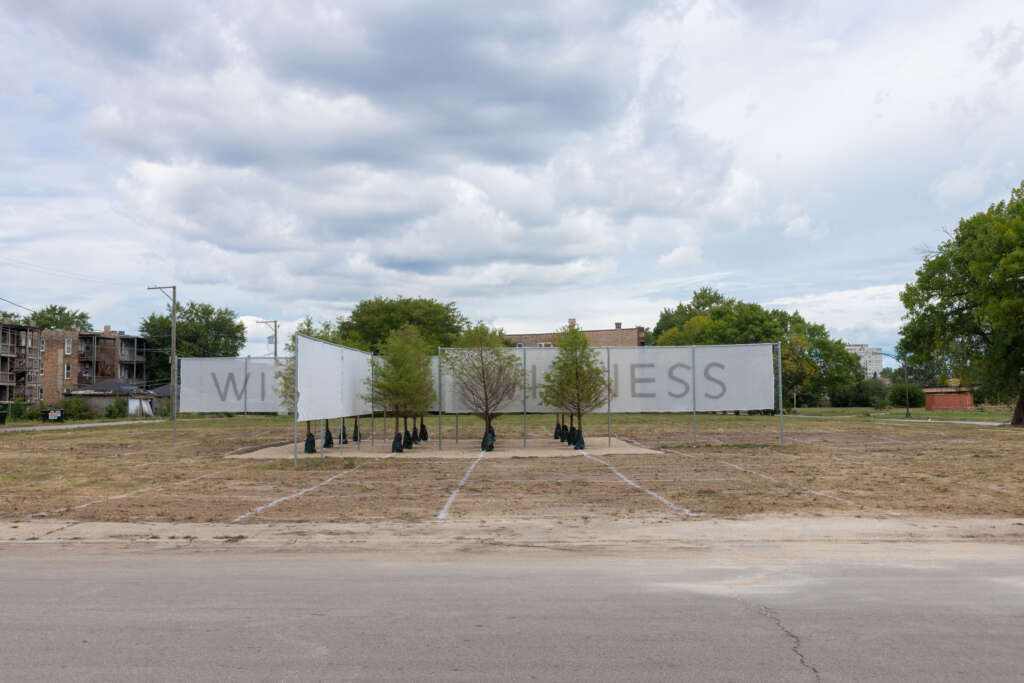
Artistic Director David Brown remarked, “With The Available City as the central focus, it was clear from the start that this year’s edition of the Biennial would have a much longer life than that of an exhibition. It has been an incredible opportunity to implement this improvisational, collaborative framework in so many different situations across the city and to create new and lasting relationships and enrich others. At the opening of the Biennial, I noted that our work was really just beginning — that’s still true at this point. The Biennial opened conversations and possibilities, and I am excited to see what ideas, collaborations, and partnerships continue to emerge from this forum and engagement in the future.”
The Biennial also worked with 126 partner organizations across Chicago, producing over 250 exhibitions and public programs in more than 36 neighborhoods and communities. The programs organized by cultural partners—ranging from exhibitions to installations to lectures to performances and more—brought additional perspectives to the conversation to ensure the Biennial is inclusive and ever-changing in a diverse range of settings, venues, and communities.
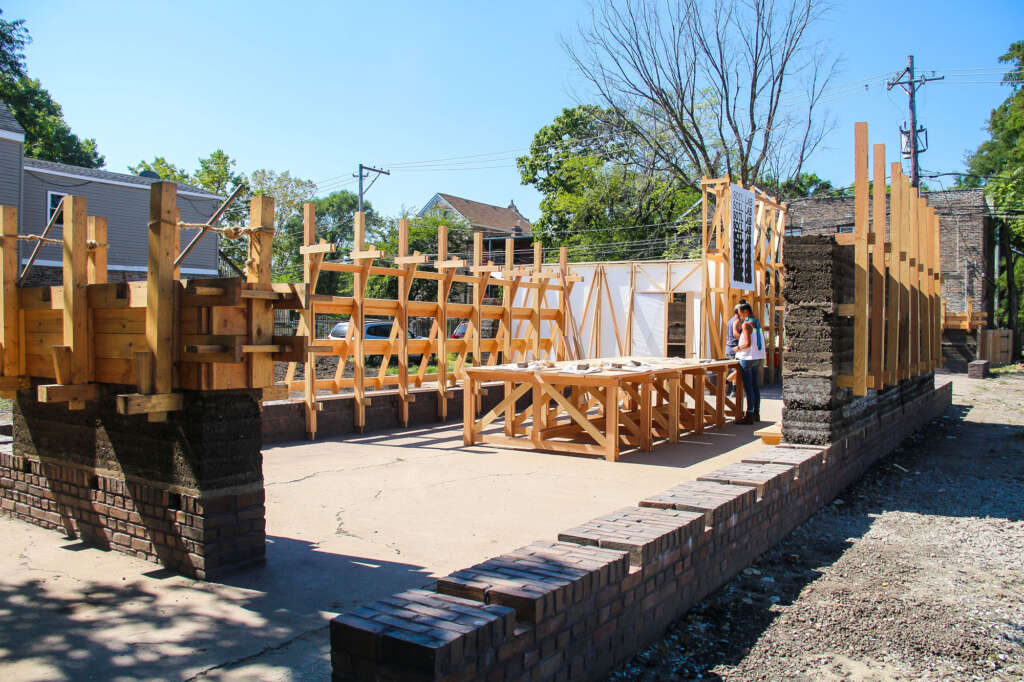
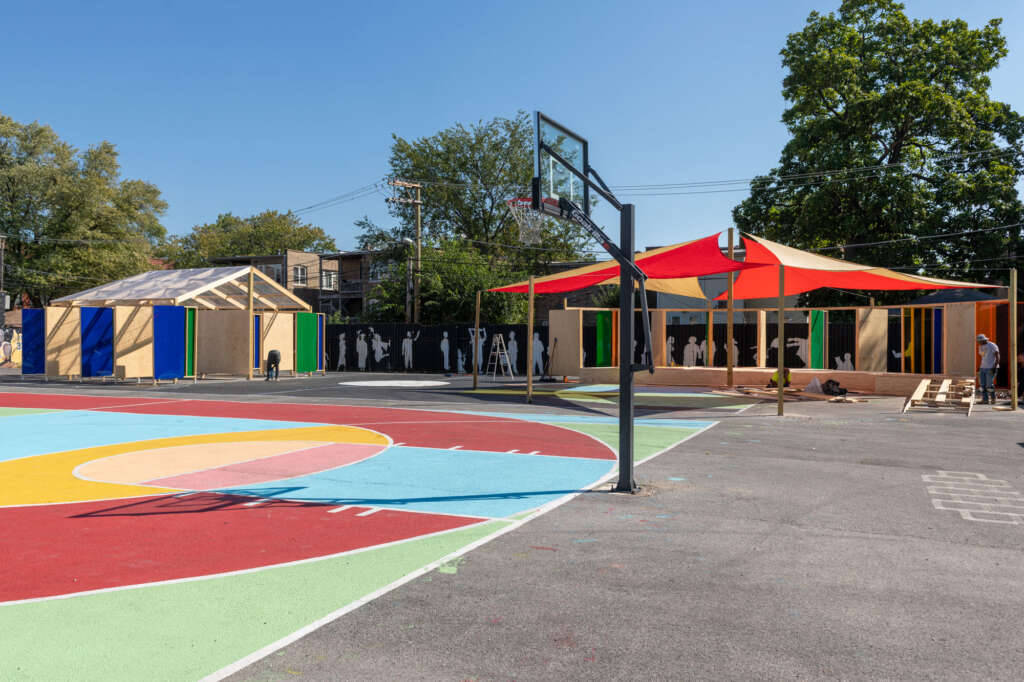
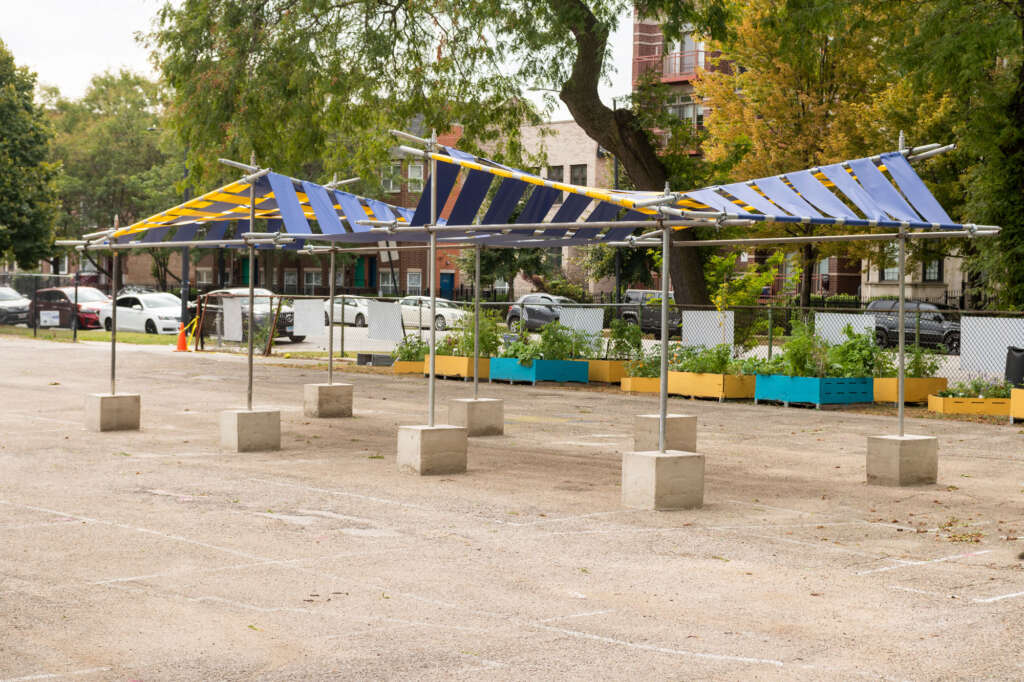
“The 2021 Biennial featured a unique collaboration between locally and internationally renowned architects, neighborhood leaders and community arts and cultural partners. Working together as peers, they created site-specific projects and innovative programs that reflected on issues facing cities everywhere. Notwithstanding the challenges of the pandemic, the 2021 Biennial again positioned Chicago at the center of the global dialogue about the profession and the built environment. We are grateful for the generous support of the corporations, foundations and individuals who made it possible to present the Biennial to Chicagoans of all ages and to visitors to our city,” said Jack Guthman, Chairman of the Chicago Architecture Biennial.
Core to its mission, the Chicago Architecture Biennial’s Learning Initiatives program supported by the Zell Family Foundation empowered students, teens and families, as well as educators, to use architecture and design as tools for change through engagement at community sites and in classrooms. In 2021, youth programming reached nearly 6,000 young people and families through a variety of workshops, family-focused events, and other hands-on programming. Highlights include: 75 in-person and virtual youth and family programs; the first session of the CAB Youth Council; 200 downloads of The Available City curriculum toolkit; and virtual field trip sessions for attendees from across 10 states. Two competitions aligned with The Available City, including the fall bp Student Ideas Competition—an opportunity for creative youth in elementary and high school to explore the built environment through design and also the humanities, visual and performing arts, and STEM fields—which engaged more than 300 students from 55 schools and 45 zip codes across Chicagoland.
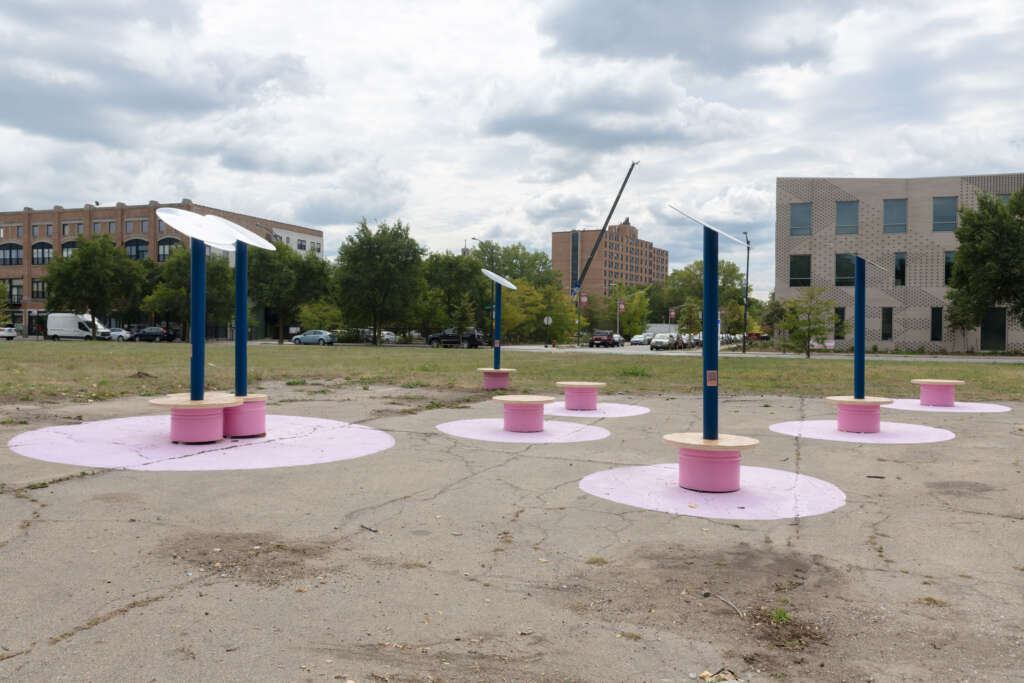
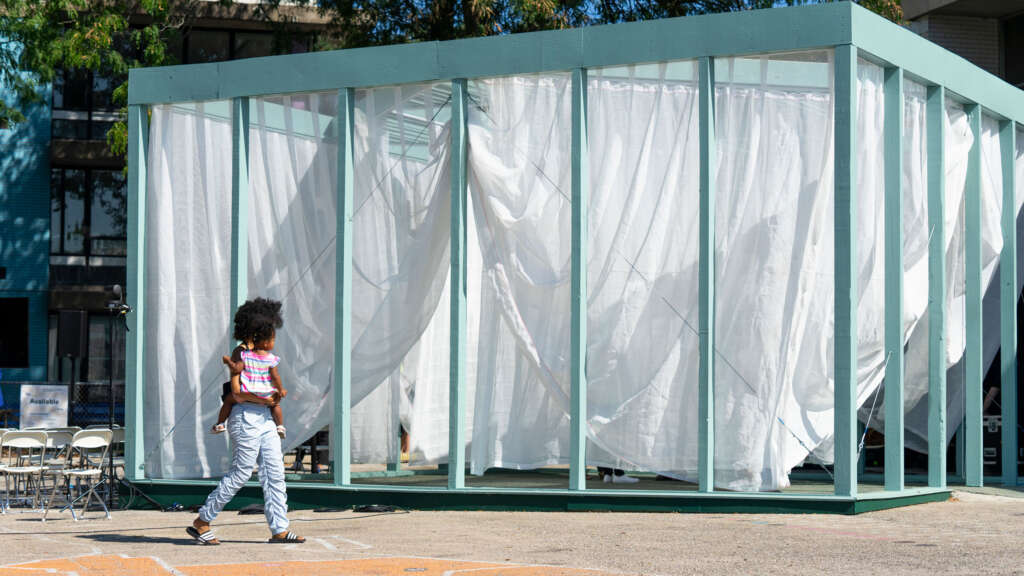
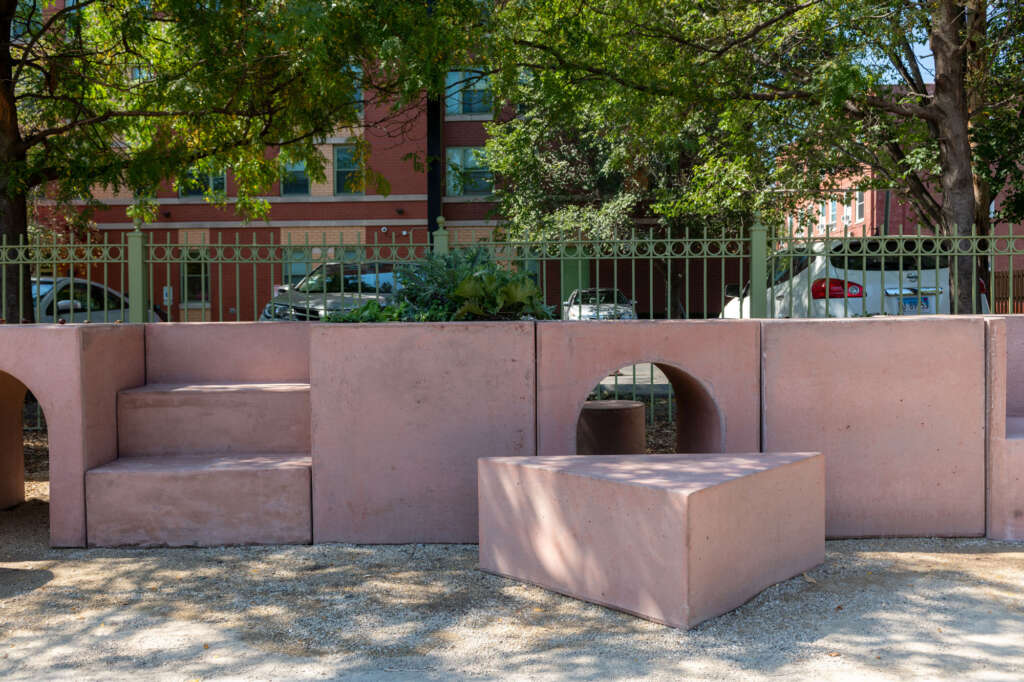
“The Biennial’s 2021 model was embraced by local audiences and the international community more earnestly and openly than we could have possibly imagined. Driven by the vision of Artistic Director David Brown, the Biennial forged new partnerships between global architects and local mission driven organizations here in Chicago to develop new ideas for possibilities to activate vacant lots by creating sustainable projects for use by residents in neighborhoods across the city,” noted Biennial Executive Director Rachel Kaplan. “The biennial this year pointed back to the vision established in 2015 during the inaugural year of locating the Biennial in the city as the site for the program, and we’ve seen engagement that has made us so excited for the future of the Biennial and the continued life of the 2021 edition.”

